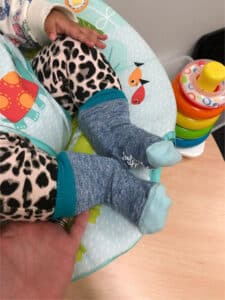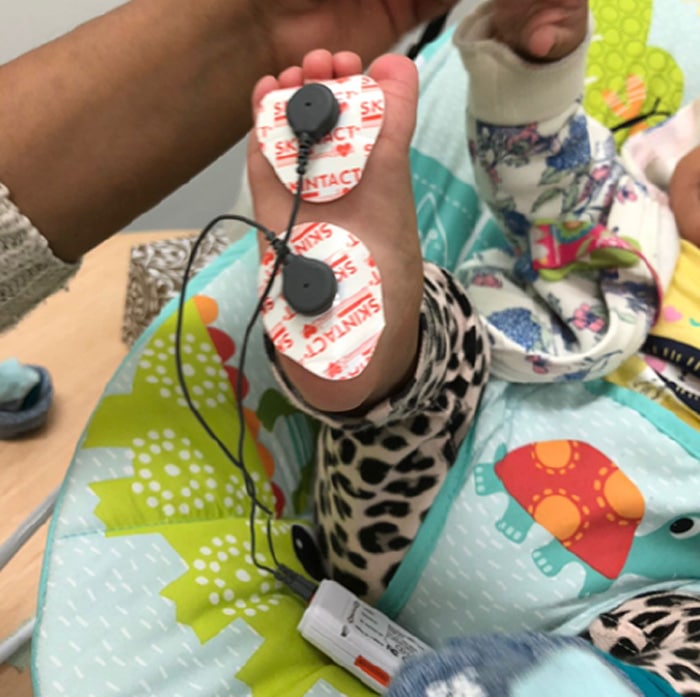The “Watch Me Grow For Real” longitudinal study is examining whether it’s possible to identify early indicators of emerging mental health problems in children 3 years old and younger. Studying young children provides a host of challenges, but researchers at the University of Sydney are getting creative in order to make this study a reality.
Background & Objectives
The “Watch Me Grow for Real” study follows a cohort of children from birth until 3 years of age, examining whether it is possible to identify early indicators of emerging mental health problems. Specifically, the study hypothesizes that children’s responsiveness (as measured through physiological arousal and other biological measures), emotional attention (as captured using eye-tracking), and learning can differentiate between common mental health problems like anxiety, autism and aggression.
The experimental Paradigm includes play sessions, more stressful interactions, and a return-to-baseline period with the subject’s primary caregiver. The hope is to capture GSR differences in how children respond to the interactions listed above and then return to normal functioning.
Methods/Integrating Shimmer
As mentioned above, the purpose of this study is to examine a child’s physiological responsiveness, emotional attention and learning ability using a Shimmer3 GSR+ sensor. Any application that requires the use of wearables with young children can be tricky, so you might need to get creative with your setup.
In this study, researchers are using the soles of the feet as an alternative to the fingers for measuring skin conductance because there were a number of hazards associated with placing electrodes there. Additionally, these researchers are using a sock to cover up the leads and electrodes attached to the feet and have placed the GSR sensor securely in the sock. Like fingers, the soles of the feet are highly vascularized and contain a high concentration of nerve endings and sweat pores. There are a number of other locations on the body that can be used to measure skin conductance, so it is important to use a location that works well with your application.

Discussion
The Shimmer platform has offered important functions that were critical to the success of this research thus far. First, the ability to use Bluetooth meant the sensors could be untethered from a computer, allowing for a more naturalistic interaction between the infant and their caregiver. Second, the ability to easily synchronize between multiple sensors permitted the researchers to have a sensor on each foot, which was important as infants dislodged from the sock during play. Furthermore, the long-battery life meant that participants could be booked back-to-back, with minimal need for setting up the equipment. Moreover, the ability to use different event markers enabled the researchers to correctly label the different segments of their experimental paradigm, facilitating later analysis. Finally, the data export was clean and fast, allowing a quick integration with various analytic programs.
The ease of use in the Shimmer platform has been key for this study because it allowed the researchers to devote more time to plan around the challenges of using wearables with young kids. One of the biggest challenges was figuring out a setup to measure skin conductance from a location other than the fingers. The fingers are generally the best location to measure skin conductance from, however, placing a sensor and electrodes in that location presented a potential choking hazard. Additionally, wrapping electrodes around a young child’s fingers and attaching them to a sensor mounted on their wrist likely would have been very uncomfortable and caused them to constantly adjust their hand. This would have made the data very noisy and thus, made analysis much more difficult than it needed to be.

